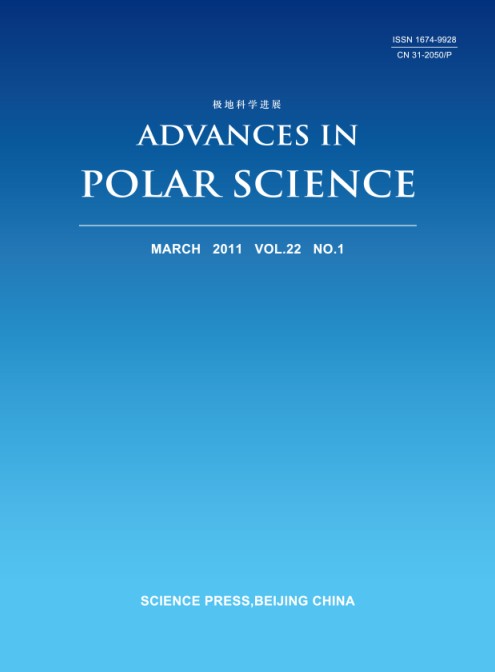According to palaeoclimatic and modern instrumental data, numerous studies have indicated that the Arctic climate has undergone a significant warming during the past 100 years, and this may lead to significant impact on the fragile lake ecosystem. In this study, we collected a lake sediment core from the Ny-Ålesund of Svalbard and determined the concentrations of four pigments including chlorophyll derivatives, total carotenoids, oscillaxanthin and myxoxanthophyll in the sediments. Combined with other physical and chemical proxies such as calcium carbonate, total organic carbon, biogenic silicon etc., we have reconstructed the historical changes of lacustrine primary productivity in Ny-Ålesund, especially for the past 100 years. The results showed that during the period of Little Ice Age (LIA), the climate was unfavorable for the growth of the lake algae, and thus the lacustrine productivity declined. This result was supported by the relatively low contents of pigment and biogenic silica in the sediments. Incontrast, the contents of total organic carbon (TOC) and sediment pigments increased significantly in the upper 5cm (~1890AD), reflecting the rapid growth of the lake algae, thus the great increase of lacustrine primary productivity, corresponding to the warming climate after LIA. However, the biogenic silica in the upper sediments still had a relatively low level, and this might be related to the growth competition with other algae species. Over the past 100 years, the ratio of Osc/Myxinthe sediments decreased continuously, indicative of durative in crease of myxoxanthophyll in blue-green algal pigments, and this might imply that the human activity had enhanced the nutrition level of the lake in the Arctic region.

